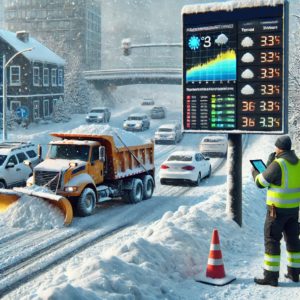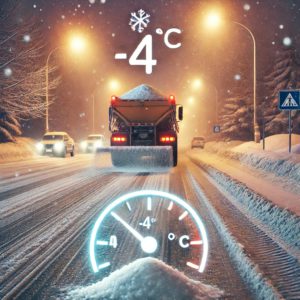The trucking industry must navigate a wide range of weather conditions that pose significant safety hazards throughout the year. Understanding these seasonal challenges is crucial for maintaining safety and minimizing disruptions. Here’s a breakdown of the key weather-related hazards that truckers face throughout the year.
Winter Hazards
Winter is perhaps the most challenging season for truckers due to a variety of severe weather conditions:
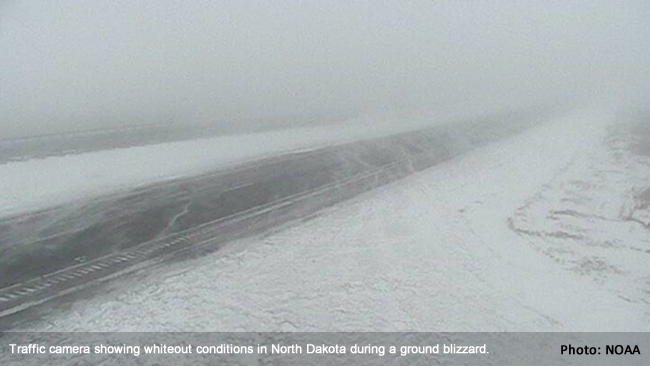
- Blizzards: High winds during blizzards can cause blowing snow, reducing visibility to less than 400 meters (about a quarter of a mile). This reduced visibility can make it difficult to see the road ahead, other vehicles, or hazards. Additionally, highways are often closed due to poor visibility and drifting snow, leading to delays and reroutes.
- Freezing Rain and Freezing Drizzle: When rain freezes on contact with cold surfaces, it creates ice-covered roads, making driving extremely dangerous. Freezing drizzle, with its fine, mist-like drops, can slowly glaze roads with a thin, yet perilous layer of ice.
- Snow and Black Ice: Snow not only causes slippery roads but can also melt and refreeze, forming ice. Black ice is particularly dangerous as it forms a nearly invisible layer of clear ice on the road, making it appear black. This can catch drivers off guard, leading to loss of control and accidents.
Spring Hazards
Spring generally offers a reprieve from the harsh conditions of winter, but it’s not without its own challenges:
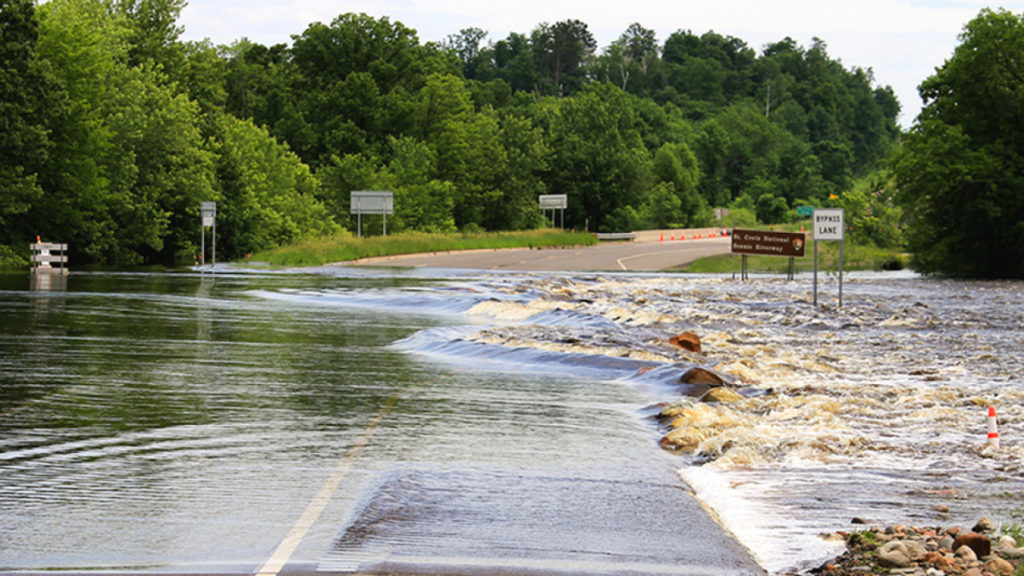
- Late Season Snowstorms: In northern latitudes, spring can still bring unexpected snowstorms. These storms can be just as severe as winter blizzards, especially when drivers and vehicles are no longer equipped for winter weather.
- Snowmelt Flooding: As snow melts, the resulting runoff can cause flooding, which may close highways for extended periods. Floodwaters can also damage roadways, leading to hazardous driving conditions and potential detours.
Summer Hazards
Summer brings intense, but highly localized severe weather from thunderstorms:
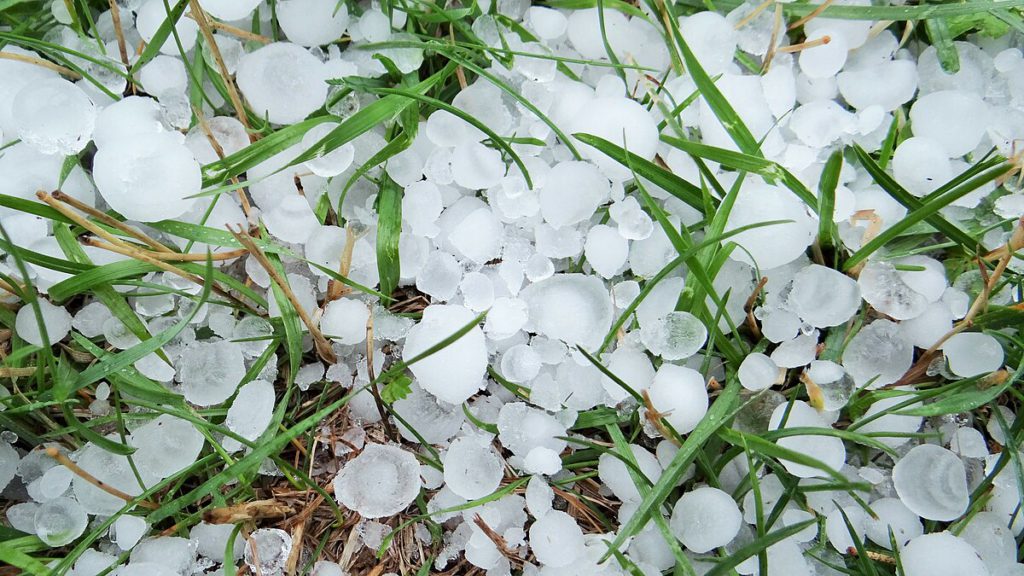
- Thunderstorms: Summer thunderstorms are often highly localized but can be extremely intense. They bring hazards such as hail, damaging winds, and even tornadoes, which can cause severe damage to vehicles and pose a direct threat to driver safety.
- Flash Flooding: The heavy rainfall produced by summer thunderstorms can lead to flash flooding. These floods can occur with little warning, washing out roads, and stranding vehicles. Truckers must remain vigilant and avoid driving through flooded areas, as water levels can rise quickly and unexpectedly.
Fall Hazards
As the year transitions from summer to fall, the peak of the hurricane season arrives:
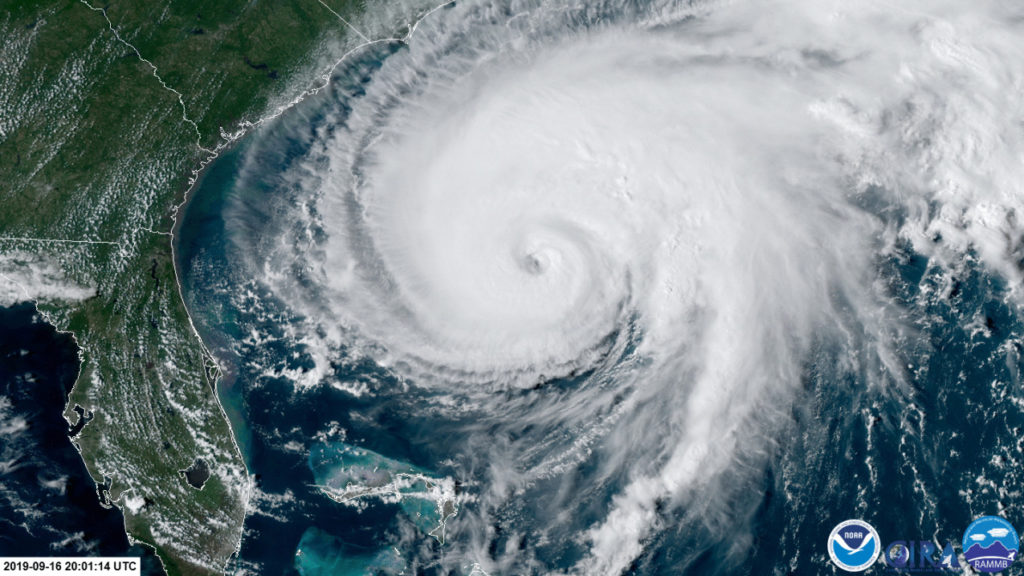
- Hurricanes: Fall is the peak of hurricane season, particularly affecting the Atlantic coast of North America. Hurricanes can cause widespread flooding and destructive winds, causing road closures, and infrastructure damage, leading to significant disruptions for truckers. Preparing for potential evacuations and route changes is essential during this time.
- Frost: With longer nights and cooler temperatures, frost becomes a hazard on roadways. If the air above the road is humid and the road temperature drops below freezing, a thin layer of ice can form, making the roads slick and dangerous. This hazard is especially prevalent during the overnight hours and can last into the morning. Bridges are often the first to develop frost because they are not insulated by the warm ground.
Conclusion
Weather conditions play a critical role in the safety and efficiency of the trucking industry. By understanding the specific hazards associated with each season, truckers can take proactive steps to prepare for and navigate these challenges, ensuring that they stay safe and keep their deliveries on track. Whether it’s dealing with winter blizzards, spring floods, summer storms, or fall hurricanes, staying informed and prepared is the key to weathering any storm on the road.
Click below to learn more about Weatherlogics’ solutions for the transportation industry:

